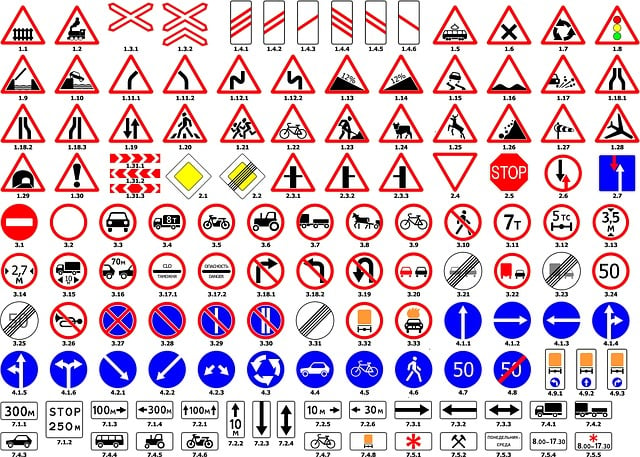Real estate professionals need to understand local zoning regulations for safe and orderly development while preserving community character. Identifying land use categories guides development, investment, and marketing strategies according to local laws and market demands. Analyzing demographic needs and trends aids in predicting high-demand areas, influencing decisions for eco-friendly mixed-use developments. Staying informed about market demands facilitates proactive land use planning for sustainable urban growth.
Determining permissible land use categories is a crucial step for any real estate venture. To start, understand your local zoning regulations, which dictate how property can be used and developed. Identify relevant land use categories aligned with your project’s scope. Subsequently, analyze market demands and trends to ensure the proposed use is in high demand and sustainable. By merging regulatory compliance with market insights, you can make informed decisions that maximize real estate investments.
Understand Local Zoning Regulations

Before considering any potential land use, it’s crucial to understand local zoning regulations. These rules, often called zoning ordinances or codes, dictate how land can be used within a specific geographic area. They cover everything from building types and heights to permitted uses and set-backs. Zoning plans are designed to ensure safe, compatible, and orderly development while preserving community character and quality of life.
Real estate professionals must familiarize themselves with these local regulations as they vary widely from one municipality to the next. This knowledge is essential for assessing a property’s potential, advising clients on feasible uses, and navigating the permit application process. By understanding zoning laws, you can ensure that any proposed development aligns with community standards and increases the likelihood of successful approval.
Identify Land Use Categories

Identifying land use categories is a crucial step in understanding the potential and constraints of any piece of real estate. Land use classification systems categorize lands based on their intended or predominant use, such as residential, commercial, industrial, agricultural, or recreational. These categories are essential for zoning regulations, infrastructure planning, and property valuation.
By identifying land use categories, professionals in the real estate industry can make informed decisions about property development, investment, and marketing. For instance, a piece of land categorized as “residential” suggests suitable areas for building homes, while a “commercial” classification indicates zones suitable for businesses, retail outlets, or office spaces. This knowledge enables stakeholders to align their strategies with local zoning laws and market demands, fostering sustainable and efficient land use practices in the real estate sector.
Analyze Market Demands and Trends

Analyzing market demands and trends is a critical step in determining permissible land use categories, especially within the real estate sector. Understanding the current and future needs of various demographics, such as residential, commercial, or industrial sectors, can help guide zoning regulations effectively. By studying population growth rates, migration patterns, and changing lifestyles, local governments can anticipate areas with high demand for specific land uses.
For instance, urban sprawl and the increasing preference for mixed-use developments suggest a need to reevaluate traditional zoning laws. Real estate trends also indicate growing interest in sustainable practices, which could influence decisions on permissible land use categories, ensuring that new developments align with eco-friendly standards. Keeping abreast of these market demands allows for proactive land-use planning, fostering sustainable and efficient urban growth.






